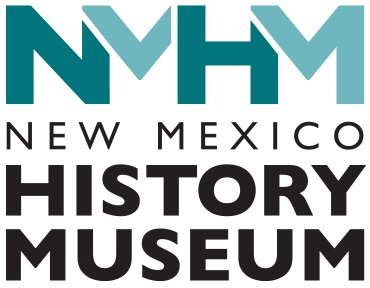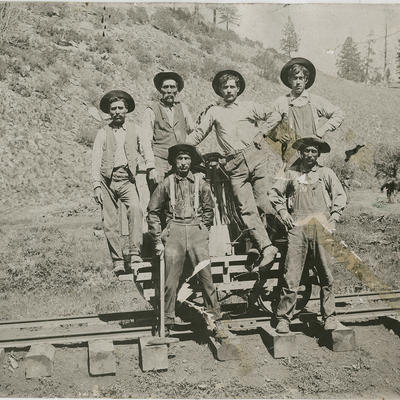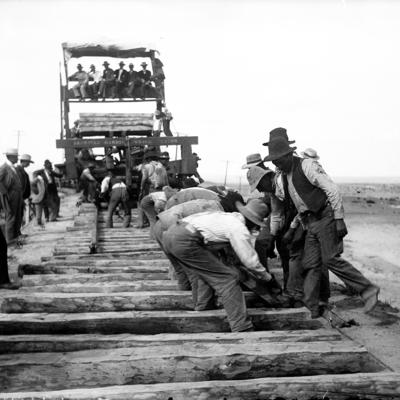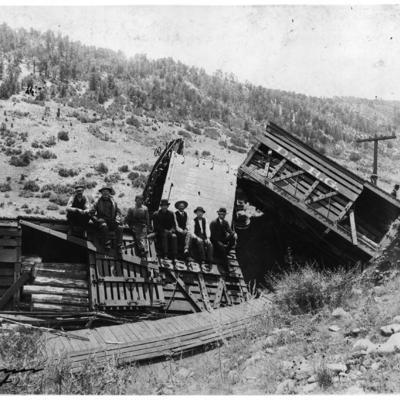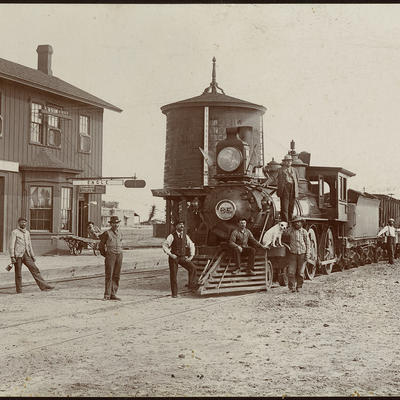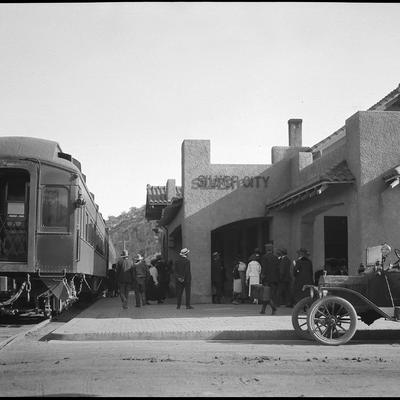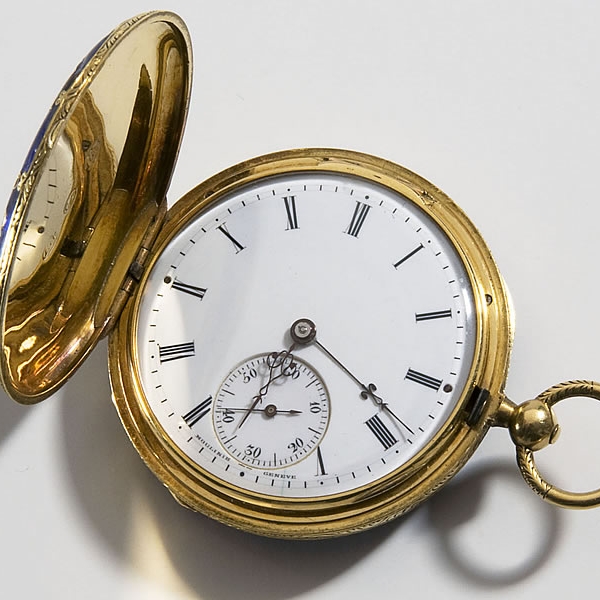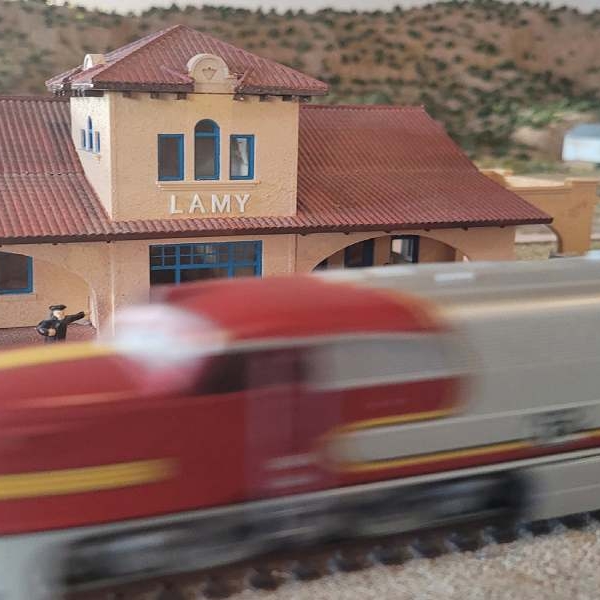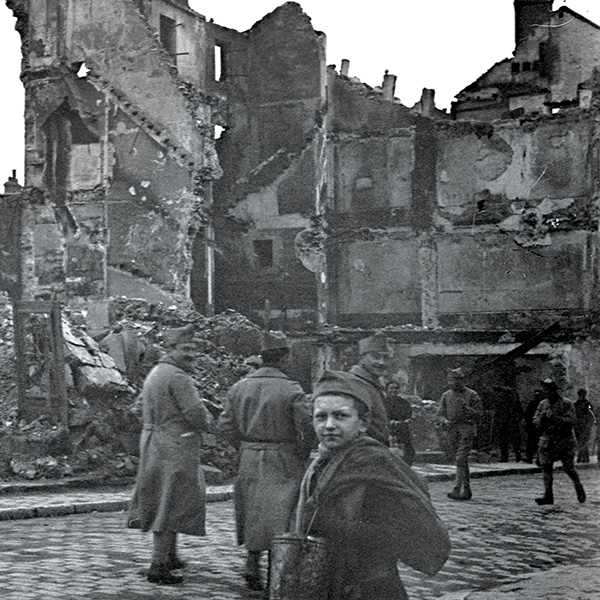They came from all over, and through back-breaking manual labor, railroad workers transformed the United States and impacted millions of lives. When the railroad came to New Mexico in 1879, it brought thousands of job opportunities for local people from rural villages, reservations, and larger towns. In addition to the homegrown workforce, the railroad also brought immigrant Chinese, European, and Mexican laborers to New Mexico. On a national scale, by the time women were granted the vote under the 19th Amendment in 1920, one out of every 50 citizens worked for the railroad; this number increased exponentially during US involvement in World War II.
Working on the Railroad tells another side of New Mexico’s locomotive history that makes no mention of passenger trains or tourism; visitors will leave the exhibition with a greater appreciation of the difficulty of this work. All workers are represented – women, people of color, immigrants, young and old – and most jobs are represented, both on and off the tracks.
From steel gangs to machinists and car cleaners to conductors, every role in the railroad industry served an important purpose.
Working on the Railroad is featured in the Mezzanine Gallery of the History Museum near the Fred Harvey installation.
This exhibit is also viewable as a virtual tour: https://my.matterport.com/show/?m=z9uNNHsiPED
